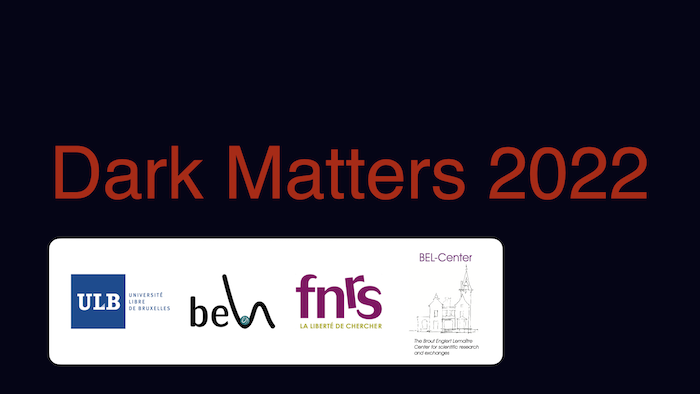Speaker
Description
Next-generation gravitational-wave (GW) observatories will provide exquisite measurements of the merger rate of high-redshift binary black holes (BBHs), detecting many thousands of these systems every year. The abundance of these binaries is a direct tracer of the early stages of star formation, and therefore of cosmic structure formation. This opens the possibility of using GW observations to probe the microphysical properties of dark matter (DM), particularly warm, fuzzy, or interacting DM models which suppress the matter power spectrum on small scales, and therefore suppress the BBH merger rate. In this talk, I will describe recent work to model this suppression using a full end-to-end pipeline from DM model parameters to synthetic populations of BBHs. I will present forecasts for future GW observatories, showing that these will probe DM-neutrino interactions 100 times weaker than the most stringent present constraints.

